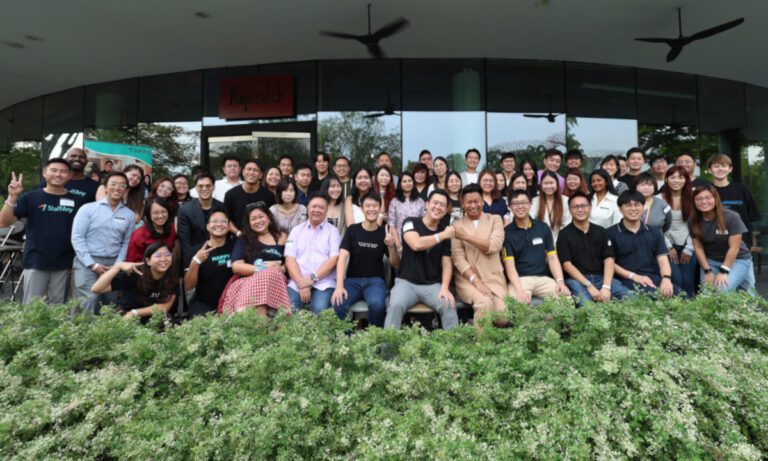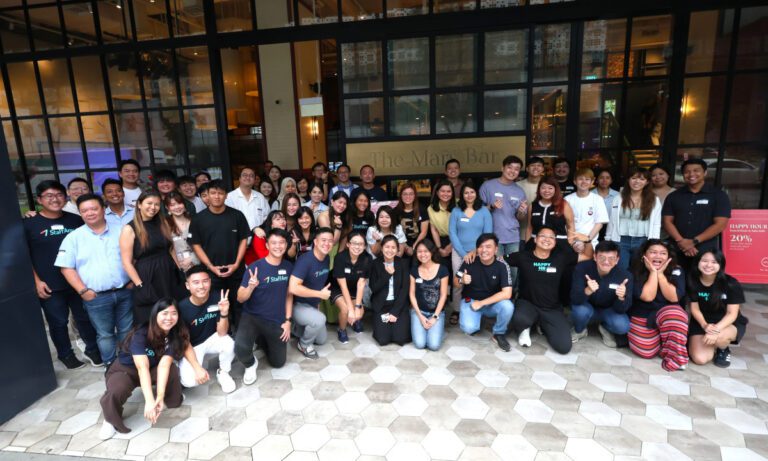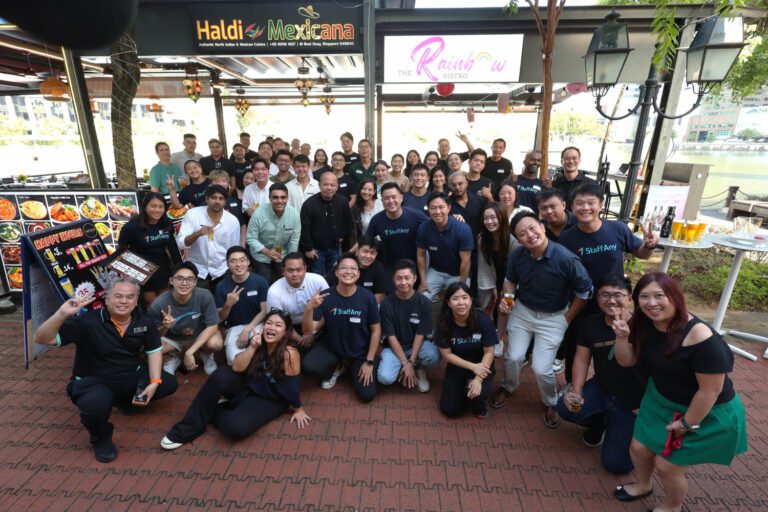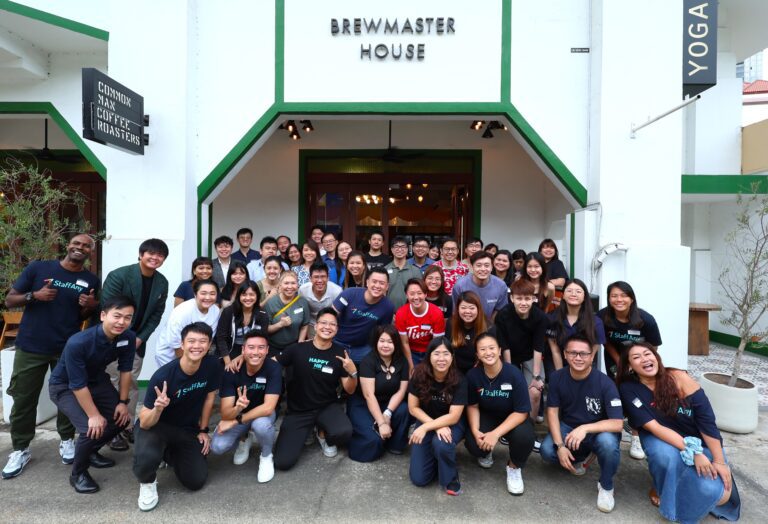The speakers, Walden Ting and Sunita from Super Loco, shared invaluable insights into creating a harmonious and productive working environment. Here, we listed the key takeaways from the event
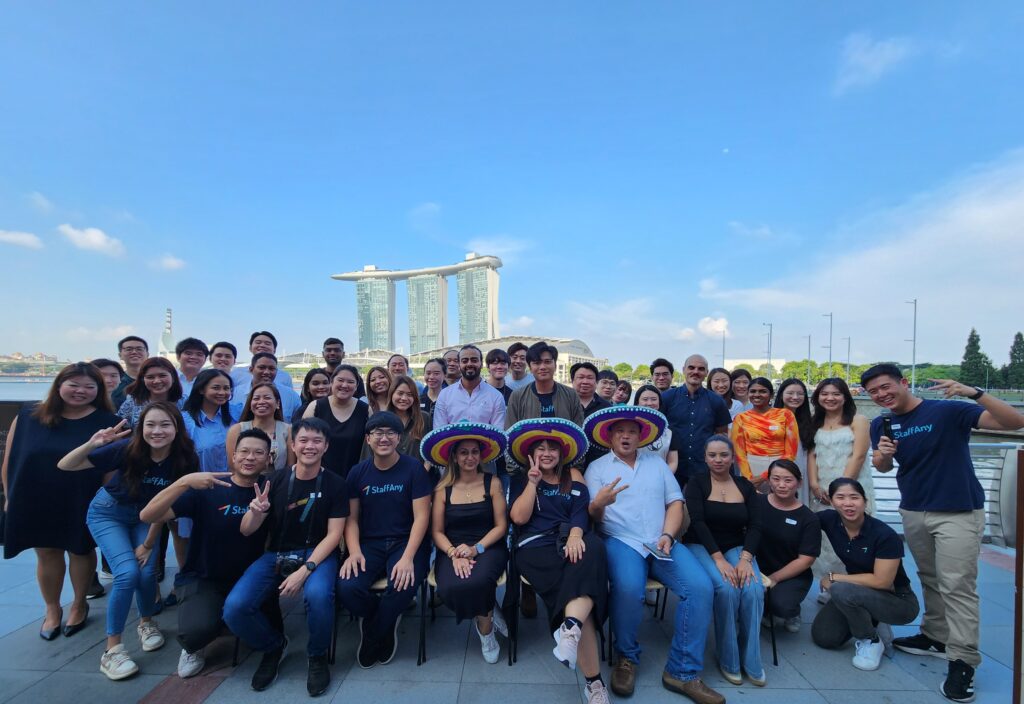
The Relationship Between HR and Ops: Friction or Friendship?
The dynamic between HR and Ops can significantly impact an organization’s efficiency and morale. Walden and Sunita highlighted that this relationship often swings between friction and friendship. The key to moving towards the latter lies in effective communication. Both departments must strive to meet in the middle, ensuring that their collaboration is seamless and their goals aligned.
Regular meetings between HR and Ops are crucial. Walden shared that he meets with Sunita weekly, whether in management meetings or one-on-one sessions. These regular touchpoints help them stay on the same page, address issues promptly, and plan proactively. Unfortunately, many organizations lack this practice, leading to miscommunication and unaddressed conflicts.
Topics of Discussion: Safety, Certifications, and Hiring
When HR and Ops convene, what should they discuss? Walden and Sunita emphasized several critical topics:
- Regulations and Safety: Ensuring compliance with regulations, such as those from the Singapore Food Agency (SFA), is a top priority. Regular discussions about safety standards and certification renewals are essential to maintaining a compliant and safe working environment.
- Hiring and Recruitment: Recruitment is a joint effort. HR screens candidates and presents them to Ops for the final decision. This collaborative approach ensures that new hires meet both operational needs and cultural fit.
- Setting Priorities: Determining what is urgent and what is not helps in managing workloads effectively. Clear timelines and priorities must be communicated properly to avoid last-minute scrambles and ensure smooth operations.
Addressing the Biggest Challenges
One of the biggest challenges highlighted was the differing work schedules of HR and Ops. For instance, Walden’s working days often do not coincide with HR’s, creating a potential gap in communication. To bridge this gap, both departments need to establish a reliable communication system that functions regardless of their varying schedules.
Another challenge is aligning Key Performance Indicators (KPIs). While Ops might focus on metrics like labor cost and sales targets, HR’s KPIs are often less tangible. However, shared KPIs, such as sales revenue, can help unify efforts and foster a sense of common purpose.
Enhancing Recruitment Practices
Improving recruitment was a significant point of discussion. Both Walden and Sunita agreed that the work environment and organizational culture play a crucial role in attracting and retaining employees. Creating a positive environment where employees feel valued can make a bigger difference than offering a slightly higher salary.
Moreover, when presenting a problem to Ops, HR should always propose a solution as well. This approach not only fosters a problem-solving mindset but also shows a commitment to collaborative improvement.
Data-Driven Decisions and Workforce Planning
While data is a powerful tool, Walden and Sunita warned against relying solely on it for manpower decisions. It is essential to consider the broader context and plan accordingly. For example, using a pool of part-timers can provide flexibility and help manage labor costs effectively.
Several methods can be used to measure labor demand:
- Sales per Labor Hour: This metric helps in understanding the productivity of each labor hour and can guide staffing decisions.
- Minimum Number of Staff: Determining the minimum number of people required to operate efficiently ensures that there is no overstaffing or understaffing.
- Productivity by Activity: Analyzing productivity based on specific activities can help in optimizing workforce allocation.
Building a Sustainable Work Environment
Ultimately, creating a sustainable and enjoyable work environment is key to long-term success. Employees are more likely to stay in an organization where they feel appreciated and where the work culture is positive. This sense of belonging and satisfaction can significantly reduce turnover rates and boost overall productivity.
Join Us for the Next Event
Are you a HR manager encountering the same issues? Join our next HR session to network and learn from other HR leaders! Register your interest through the button below, and we look forward to seeing you next time!

